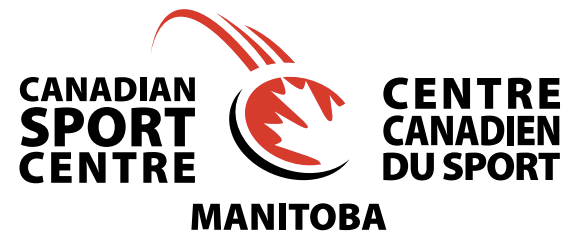Week 4: Strength & Conditioning
Take the time to examine how what you might be doing as a strength and conditioning (S&C) coach might be helping or hindering your athlete’s performance. Try to consider your athlete’s individual needs and background when developing approaches.
When working with athletes from diverse cultures, incorporating aspects of the athletes’ cultures that can be considered strengths (e.g., importance of family and social support) may be beneficial in any physical activity in which they participate (e.g., D’Alonzo, 2012).
Below are some quotations which help to illustrate the complexity of working as an S&C coach with athletes:
“As every SCC [strength and conditioning coach] knows, strength gains do not always transfer to performance” (Mills et al., 2018, p. 24).
“As a result of the modern hardworking and scientifically compartmentalized body, a whole array of broader, more outward-looking, and efficient [w]holistic body concepts tend to be overlooked. For example, consider how stone arches as compressive structures (as in the spine’s natural curves) are built to withstand endless stresses under gravity because each stone is placed in perfect harmony with the others and the environment that bridge is in. Yet, notably absent in most SCC [strength and conditioning coaching] textbooks is any understanding of how today’s environment affects the body as a whole” (Mills et al., 2018, pp. 24-25).
“… it is not a formerly tight now released hamstring that runs the hurdles, a once anxious now freshly counseled mind, an epimysium or perimysium or mitochondria that is running a marathon, it is a whole body and it runs every step” (Mills et al., 2018, pp. 25).
“… SCCs may prescribe [w]holistic connected body practices such as mindful movement or yoga. Yet, because of the more dominant values and overall discursive strategies of strength, these [w]holistic practices are the exception and not the norm” (Mills et al., 2018, p. 25).
“… a more [w]holistic, efficient, and harmonious body that is always attempting to connect throughout its training movements is more likely to transfer this efficient [w]holism to more typical strength-based training” (Mills et al., 2018, p. 25).
“Today’s dominant societal values and themes of strength, science, or efficiency were manufactured (literally), constructed, and firmly planted in society 200 years ago: a time without deleterious sociocultural habitual living patterns. As a result, it may well be that these dominant values are more outdated and problematic than most SCCs believe” (Mills et al., 2018, p. 26).
References
D’Alonzo, K. T. (2012). The influence of Marianismo beliefs on physical activity of immigrant Latinas. Journal of
Transcultural Nursing, 23(2), 124-133. https://doi-org.uml.idm.oclc.org/10.1177/1043659611433872
Mills, J. P., Caulfield, S., Fox, D., Baker, K., & Woolverton, L. (2018). Social construction of strength and conditioning
coach knowledge and practice: What the construction means to developing strength and conditioning coaches. Strength & Conditioning Journal, 40(6), 21-28. https://doi.org/10.1519/SSC.0000000000000423


